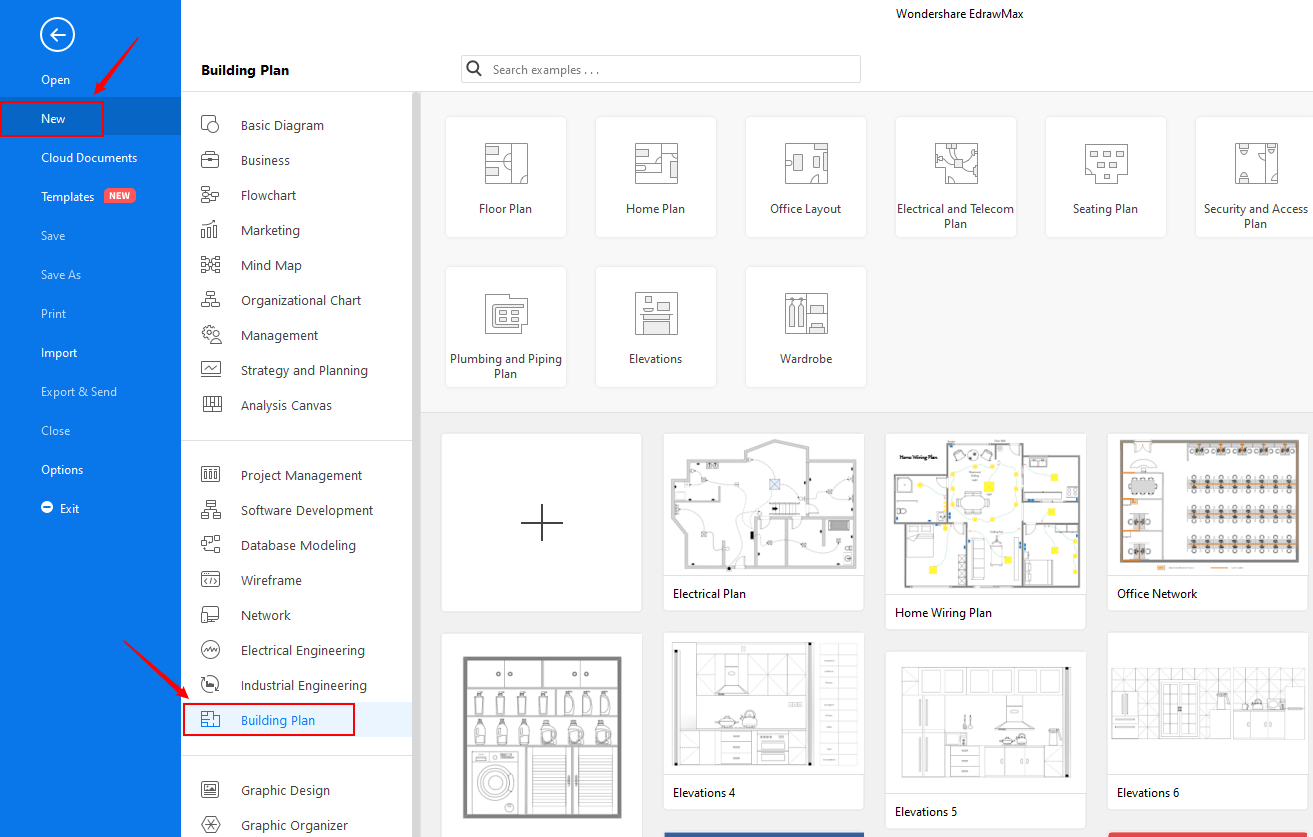
Blueprints Mac Os 11
Macintosh® OS 10.11 through 11.01 or higher¹, x64 Intel® Mac®, 3 GB of hard disk space, 8 GB RAM or greater, Mouse Pointing Device (wheel button recommended), OpenGL Compliant video card with 256 MB VRAM, ¹ Program compatibility is not guaranteed for earlier operating systems, require a machine with an operating system using x64 (64-Bit. https://treasure-casino-deposit-bonuschamp-bonus-no-2018-mile-codes-sp.peatix.com. Oct 23, 2018 Operating system: Mac, Windows, Linux; Price: Free; Interested? QCAD is a free and open-source CAD application that can be used to create a wide variety of 2D designs. Pacific parkour league (ppl) mac os. Technical drawings such as mechanical schematics, electrical drawings and building blueprints are a walk in the park with QCAD. Apple says it has no plans to merge Mac and iPad. Apple's M1 iPad Pro begins shipping in May 2021. Image source: Apple. By Chris Smith @chriswrites. April 23rd, 2021 at 7:31 AM. (81 reviews) Make architectural and CAD drawings in.
Blueprints Mac Os 11

Blueprints Mac Os Download
Blueprints are a new option in Apple Configurator 2. Blueprints allow you setup a template of settings, options, apps, and restore data, and then apply those Blueprints on iOS devices. For example, if you have 1,000 iOS devices, you can create a Blueprint with a restore item, an enrollment profile, a default wallpaper, skip all of the activation steps, install 4 apps, and then enabling encrypted backups. The Blueprint will provide all of these features to any device that the Blueprint is applied to. But then why not call it a group? Why call it a Blueprint? Because the word template is boring. And you’re not dynamically making changes to devices over the air. Instead you’re making changes to devices when you apply that Blueprint, or template to the device. And you’re building a device out based on the items in the Blueprint, so not entirely a template. But whatever on semantics. To get started, open Apple Configurator 2. Click on the Blueprints button and click on Edit Blueprints. Notice that when you’re working on Blueprints, you’ll always have a blue bar towards the bottom of the screen. Blueprints are tiled on the screen, although as you get more and more of them, you can view them in a list. Right-click on the Blueprint. Here, you’ll have a number of options. As you can see below, you can then Add Apps. For more on adding Apps, see this page. You can also change the name of devices en masse, using variables, which I explore in this article. For supervised devices, you can also use your Blueprints to change the wallpaper of devices, which I explore here. Blueprints also support using Profiles that you save to your drive and then apply to the Blueprints. Blueprints also support restoring saved backups onto devices, as I explore here. For kiosk and single purpose systems, you can also enter into Single App Mode programmatically. You can also configure automated enrollment, as described here. Overall, Blueprints make a great new option in Apple Configurator 2. These allow you to more easily save a collection of settings that were previously manually configured in Apple Configurator 1. Manually configuring settings left room for error, so Blueprints should keep that from happening.

